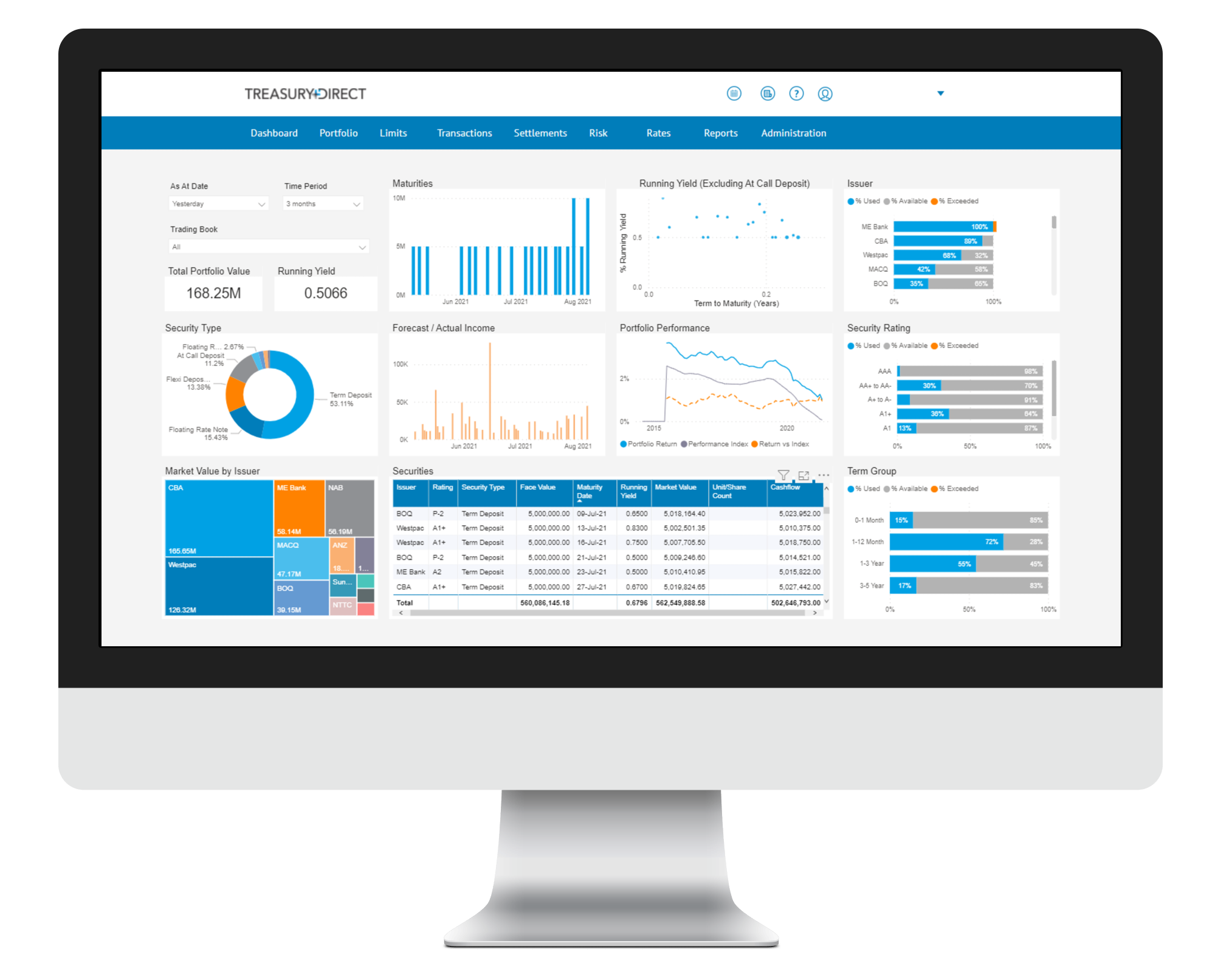Markets Overview
- ASX SPI 200 futures down 1.1% to 7,929.00
- Dow Average down 1.7% to 41,583.90
- Aussie down 0.2% to 0.6292 per US$
- US 10-year yield fell 11.0bps to 4.2494%
- Australia 3-year bond yield fell 4 bps to 3.76%
- Australia 10-year bond yield fell 4.6 bps to 4.46%
- Gold spot up 0.9% to $3,085.12
- Brent futures down 0.5% to $73.63/bbl
Economic Events
- 11:00: (AU) Australia to Sell A$600 Million 2.25% 2028 Bonds
- 11:00: (AU) March Melbourne Institute Inflation, prior 2.2%
- 11:00: (AU) March Melbourne Institute Inflation, prior -0.2%
- 11:30: (AU) Feb. Private Sector Credit YoY, prior 6.5%
- 11:30: (AU) Feb. Private Sector Credit MoM, est. 0.5%, prior 0.5%
US equity futures dropped in early Asia trading ahead of Donald Trump unveiling a fresh round of trade tariffs this week. Crude edged higher after the President threatened “secondary” levies on Russian oil.
Contracts for the S&P 500 and Nasdaq 100 benchmarks fell more than 0.5% early Monday amid initial signs that trade wars are beginning to affect the world’s biggest economy. Futures in Australia, Japan, Hong Kong and mainland China also point to losses in early trading. The Australian and New Zealand dollars edged lower.
US stocks slumped on Friday after data showed a plunge in consumer sentiment, soft spending and a pickup in prices. More volatility is likely this week with Trump due to unveil his so-called reciprocal tariffs on Wednesday, though he’s indicated they could be lenient. The US monthly jobs report and comments by Federal Reserve Chair Jerome Powell are also due.
“Markets will be now be fully at the mercy of an impending deluge of tariff-related headlines, while highly reactive to any US economic data that accelerates the thematic of slower economic activity and higher expected inflation,” said Chris Weston, head of research at Pepperstone Group in Melbourne. “The skew in the distribution of risk is for further lower levels in risky assets early this week, and for higher cross-asset volatility.”
Oil rose after Trump said would consider “secondary tariffs” on Russian oil and those who buy it, if a ceasefire with Ukraine can’t be reached. Russia is the world’s third largest producer of crude and could far reaching effects on the global economy, particularly China and India which have become key buyers.
The S&P 500 closed at its lowest in more than two weeks on Friday, while the VIX Index – Wall Street’s ‘fear gauge’ and a reading of volatility, topped 22 before easing. Meantime, US Treasuries rallied across the curve, with the yield on benchmark 10-year bonds falling the most since Jan. 15, spurring declines in Australian and New Zealand bond yields dropped in early trading Monday.
In Asia, traders will be parsing Chinese factory activity data for signs prior stimulus anouncements are helping steady the economy. Banking stocks will also be closely watched as four of the largest state banks plan a total of up to $72 billion in private placements to boost core tier-1 capital, after Beijing pushed for stronger buffers for lenders to better support the economy.
China’s finance ministry will be the top investor in the deal and will inject $69 billion, with new shares issued at a premium between 8.8% and 21.5% above their Friday closing levels in Shanghai.
Thai markets are also due to reopen after share trading was suspended Friday following a quake in Myanmar that measured 7.7 in magnitude that shook buildings and triggered evacuations in neighboring Vietnam and Thailand. The baht was steady in early trading after weakening on Friday.
This week, Australia’s central bank is likely to keep its key rate on hold amid a tight national election while European activity data is also due. US jobs data at the end of the week will also be watched.
“While there has been growing concern about the weakness in soft US data, hard data have held up better,” Barclays strategists led by Themistoklis Fiotakis wrote in a note to clients. “This makes vacancies and the employment survey, both due this week, particularly pertinent in assessing the underlying damage to the US economy from tariff uncertainty.”

